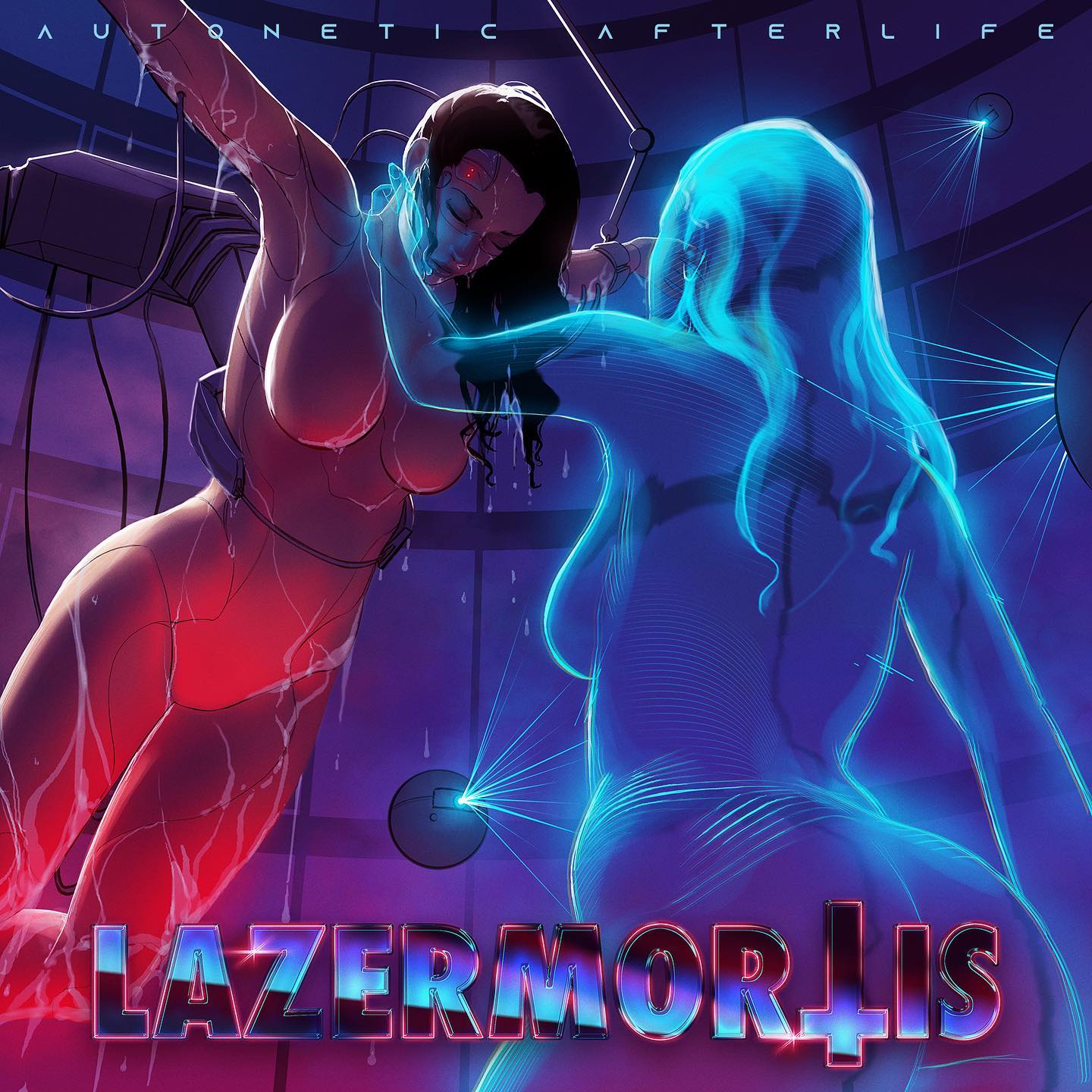Movement, undeniable melody and a futuristic storyline are just three of the defining factors that make Autonetic Afterlife a standout EP.
Matt Carter
 Over the past year or so, maybe since the pandemic began, electronic music has experienced an undeniable rise in popularity. We’ve all had more time to fill and some of us have used that time to get creative. Software – everything from simple apps to full-blown workstation programs – have democratized the process of making music electronically. It’s no longer just a sit-in-your-room-and-nerd-out thing. Well, maybe it still is. Either way, the range of music popping up on streaming sites like Bandcamp and Soundcloud is nearly impossible to keep up with. It’s like everyone and their dog is a musician now. But guess what. That’s a good thing. It’s excellent, in fact. The payoff is huge. Making music is therapy and we could all use a bit of productive therapy these days. Am I right?
Over the past year or so, maybe since the pandemic began, electronic music has experienced an undeniable rise in popularity. We’ve all had more time to fill and some of us have used that time to get creative. Software – everything from simple apps to full-blown workstation programs – have democratized the process of making music electronically. It’s no longer just a sit-in-your-room-and-nerd-out thing. Well, maybe it still is. Either way, the range of music popping up on streaming sites like Bandcamp and Soundcloud is nearly impossible to keep up with. It’s like everyone and their dog is a musician now. But guess what. That’s a good thing. It’s excellent, in fact. The payoff is huge. Making music is therapy and we could all use a bit of productive therapy these days. Am I right?
Another good thing about this creative windfall is that it really helps listeners distinguish the good from the bad, or the so-so from the, “Oh! This is interesting,” which is where I would place Saint John electronic solo artist Lazermortis. A self-described non-theistic satanist working in the death care industry as a funeral director and embalmer, Lazermortis comes prepackaged with an interesting story, even before you hit the play button. But the play button, that’s where the real story is. And if you’re not careful, you risk missing it all together.
Believe it or not, there is a bit of risk involved for musicians like Lazermortis. With such a strong visual aesthetic – think 1980s crime serial meets underground dance DJ on a well-worn VHS tape, the kind high school kids share in secret as if they contain some sort of unexplainable magic – there exists a risk potential audiences could write the whole project off as a schtick without ever giving it a listen. That would be bad. And sad. Because for all their clever use of nostalgic imagery, Lazermortis also makes great music.
Sonically, the 1980’s vibe is big, largely due to the collection of vintage synths used to write and perform these tracks. The tone is real. It’s not a joke. Now, let’s move on.
Their latest release, Autonetic Afterlife, has its moments of brilliance. Movement and undeniable melody are the two strongest factors that make this five track EP come alive. But also, contrast. There is a lot of variety present across these tracks, each conjuring a distinct feel and drama through the use of tempo and tone. Cyberdream Surfer, the second track on the EP, is a great example of what makes this entire release work as more than just a tribute to the sounds of forty years ago. Slinking along somewhere around 60 BPM, the track builds upon a series of layers that construct and deconstruct several times in a three minute window, like a story unfolding to reveal a cast of characters, good, bad or otherwise.
The idea of attaching a storyline to this EP makes perfect sense because Autonetic Afterlife was afterall, created as a concept album exploring what the afterlife might look like to artificial intelligence. More specifically, an android. You can (and should) read the whole concept description here.
If this isn’t enough to convince you to give Autonetic Afterlife a listen, then I don’t know. Maybe music isn’t your thing. And that’s fine too, I purpose.
Lazermortis | WEB | FACEBOOK | INSTAGRAM | BANDCAMP




